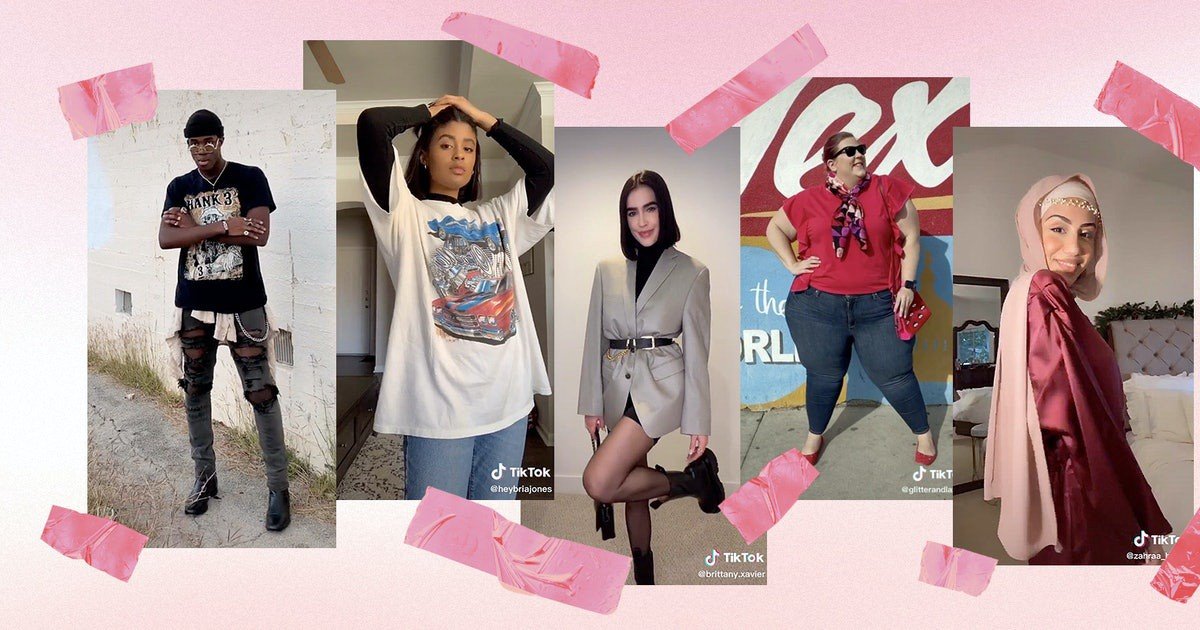Behind the Ultra-fast Fashion Craze
Key Takeaways:
Ultra-fast fashion has taken over conventional fast fashion, amassing mainly Gen Z customers through social media campaigns and rock-bottom prices.
Quality, sustainability, and ethical labor practices are compromised in the race to deliver the goods to their customers as soon as possible.
Lack of transparency shrouds ultra-fast fashion brands, which makes them even more problematic than their contemporary fast fashion counterparts.
What is Ultra-Fast Fashion?
They’re stylish, trendy, dirt-cheap, and come in a wide range of sizes.
Haul videos showcasing the goods of the users’ shopping spree.
Fast fashion was already bad as it is, which isn’t surprising, but ultra-fast fashion took it to new extremes. Ultra-fast fashion brands such as SHEIN, BooHoo, FashionNova, Zaful spawned a “haul” phenomenon across social media, catapulting the brands to prominence among young women everywhere. You won’t find any of their physical retail stores, as they operate solely online.
Such companies utilize an on-demand business model, identifying trends with algorithms and manufacturing small batches of clothing at first, then ramps up production depending on demand. Appealing to cost-conscious consumers, their prices are also ridiculously cheap, undercutting fellow fast fashion behemoths such as H&M and Zara. On average, SHEIN would add up to 6000 new products per day. Their prices start from under $1 for accessories and you can easily snap up a dress or sweater for under $10.
The “SHEIN Phenomenon”
SHEIN, being the poster child of online-only ultra-fast fashion without any physical stores, is a rather interesting case. Shein invests heavily in paid social media campaigns to remain ahead of the mobile fast-fashion curve, so much more than other fast and ultra-fast fashion brands. The company is shifting from its organic media to more robust paid campaigns, and it's spreading its campaigns across a wider audience.
Mega influencer-celeb sponsored post on Instagram.
Its social media strategy includes sponsored influencer posts, two types of affiliate link programs, a blogger program for micro-influencers, a beauty-specific influencer program, as well as paid high-profile celebrity ad placements. Video reels of product reviews and hauls often spread like wildfire amongst Gen Z-centric apps like TikTok.
Shein’s price range is also very wallet-friendly, oftentimes half or much lesser than its fast fashion giant counterparts. For example, blazers could go up to $120 at Zara, while you could easily snag one from Shein for $14. Strong sentiments of body positivity also helped propel SHEIN and other ultra-fast fashion companies to infamy, with their plus-size lines going up to 4XL.
Opaque Operations
Ultra-fast fashion is catching up to fast fashion leaders in the West. Last year, SHEIN sold nearly $10 billion worth of apparel, which was nearly half of the leader Inditex, Zara’s parent company. But how did it all begin?
SHEIN’s headquarters are located halfway across the globe, in Guangzhou, China. The company is deliberately discreet about its operations, supply chains, and factory conditions. For the past few years, the Chinese company has been accused of cultural insensitivity, plagiarism, and allegedly unethical practices like child labor. SHEIN’s algorithmic design process has led to serious mishaps, such as their Swastika pendants, which were quickly taken down following backlash. The company is also not a stranger to plagiarism, having copied trending and popular items from smaller indie brands.
According to the BBC, workers at SHEIN’s Guangzhou factories work an average of 75-hour per week, violating the standard maximum 40-hour working week labor laws in China. Matthew Brennan, a Beijing-based writer noted that the brand doesn’t work with large factories, but instead with small to mid-sized workshops that pick up orders daily. Those densely packed workshops are potentially fire-hazards, filled with temp workers without rights and guarantees, racing to keep up with orders all around the globe. At Shein's packing facility in the city of Foshan, workers report toiling for 12-14 hours everyday, with only 1-2 days off in a month. But Shein isn’t the only one operating on such exploitative practices.
A Los Angeles factory where a supplier of clothing to Fashion Nova outsources manufacturing. - Photo by Jessica Pons
Fashion Nova, on the other hand, manufactures its products in Los Angeles. In 2019, The Cut stated that Fashion Nova’s workers are widely underpaid — as little as $2.77 per hour, and are working in sweatshop-like conditions. Workers described their workshops being putrid, with cockroaches and rats in sight. Since some of their workers are undocumented, it’s incredibly difficult to advocate for their rights. What’s worse, their workers are owed $3.8 million in back wages, as reported by the US Labor Department in their investigations into Fashion Nova’s factories in LA.
Since then, Fashion Nova has shifted most of its supply chain overseas, perhaps to avoid further scrutiny and to cut costs. And now the brand says it manufactures less than half of its products in LA, without disclosing the exact percentage. Besides, neither SHEIN nor Fashion Nova disclose any policies to protect its workers in its supply chain from the impacts of Covid-19.
Environmental Impacts
We all know that fast fashion is one of the world’s most polluting sectors, the same goes for ultra-fast fashion. Thousands of garments being churned out at breakneck speeds surely takes a toll on the environment.
China’s expanding coal fired power plants, making them the country with the highest CO2 emissions.
The idea of sustainability has been garnering a lot of attention lately, something fashion leaders like H&M and Adidas have taken note of. However, micro-trends from social media constantly find their ways into fashion; and ultra-fast fashion remains the biggest culprit for perpetuating a throwaway cycle by flooding the market with the latest trend only for the next micro-trend to take over. Brands like Zaful, SHEIN and the like are also somewhat infamous for their shoddy quality and poor workmanship. Most of the clothes from ultra-fast fashion brands are made from synthetic fabrics like polyester, which could release plastic microfibers into the oceans and air. Such poor quality synthetic clothing is almost disposable, not so different from the typical plastic bag.
We all know that apparel manufacturing is a very resource-intensive process, but it’s almost impossible to find evidence that any ultra-fast fashion brands are taking any meaningful action to reduce its impact on the environment. Production is also mostly carried out in China, where it still has a coal-based energy grid, accelerating the rate of global warming. It’s hard to imagine any brands, fast or even ultra-fast fashion, embracing corporate accountability without widespread consumer pressure.
Social media, especially TikTok where it’s overrun by Gen Z, is revolutionizing the way we consume media and fashion. Ultra-fast fashion labels like BooHoo and SHEIN has deftly mastered the art of digital marketing, pulling in consumers with addictive #haul clips and raking in follower counts. So much so that brands like Zara and H&M are quickly getting left behind by the ever-evolving consumer space.
Labels with hundreds and thousands of products under $50 launched on a daily basis isn’t realistic nor ethical, because garment workers, or the environment, are paying for it. However, the ubiquity of these brands on social media makes it hard to evade and resist. Open up any social media app, and there’s always something new to buy. Young consumers are largely targeted when it comes to marketing campaigns, as they’re more likely to make purchases due to FOMO (Fear Of Missing Out) or peer pressure.
A large part of the success of ultra-fast fashion stems from consumerist culture on social media platforms, besides its low price and wide size range. The damage it has caused to the environment, to its workers, cannot be amended unless its customers band together to make themselves heard. These brands exist only because its target demographic succumbs to their shrewd marketing and cheap price without knowing what’s happening behind the seams. By peeling back the layers that mask how these brands work, we hope to spread the message on making better purchasing decisions and resist excessive consumerism.
As much as we love fashion and the abundance of creativity and passion within the industry, it is still important to acknowledge the fact that it isn’t all rainbows and unicorns. That’s why we’re on a journey towards a more sustainable future, one thread at a time. Check out our other blogs here where we dig deep into various topics of fashion and sustainability!







